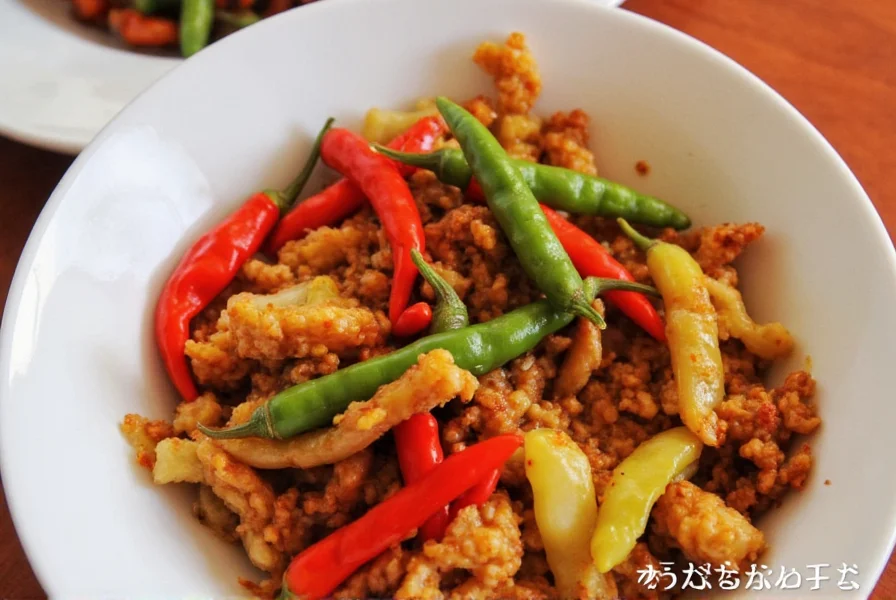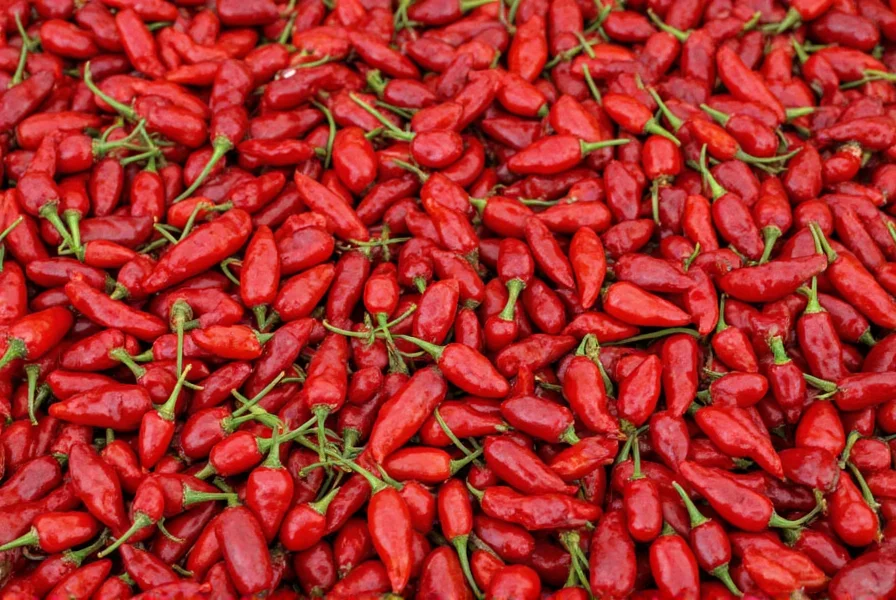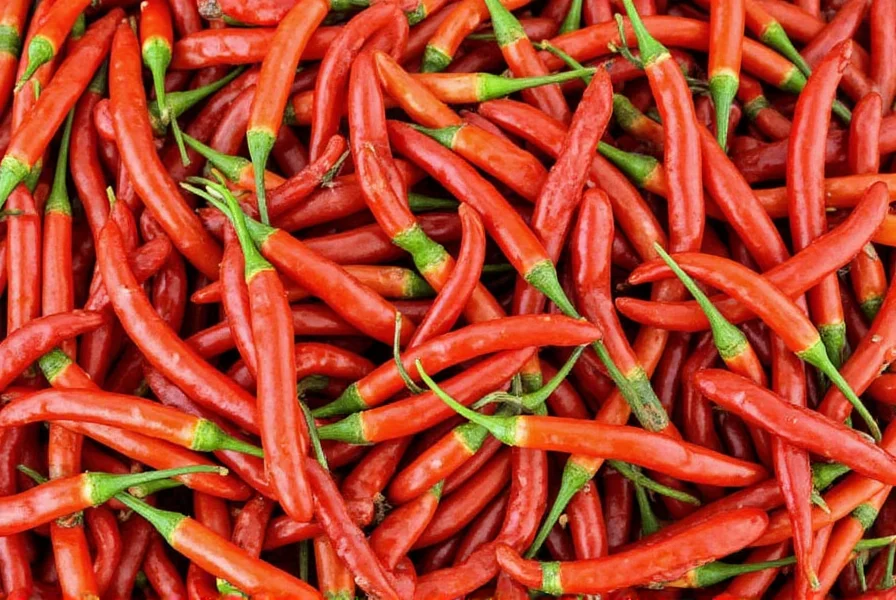Fiery, Flavorful, and Fabulous: The Spicy Secrets of Kashmiri Chilli!
You’ve probably heard whispers about it in spice forums or spotted its vibrant red hue on your favorite chef’s Instagram post. But what makes Kashmiri chilli such a standout in the world of global spices? Is it the mild heat? The brilliant color? Or perhaps the rich history tied to its origin in India’s lush Kashmir Valley?
In this deep-dive blog post, we’re exploring everything you need to know about the beloved kashmiri mirch — from its flavor profile and culinary uses to tips for buying the best quality. Whether you're a pro chef or a curious home cook, this article is packed with practical insights, mouthwatering comparisons, and eye-catching visuals.
Table of Contents
- What is Kashmiri Chilli?
- Flavor Profile: More Than Just Heat
- Culinary Uses Around the Globe
- Visual Comparison: Kashmiri vs Other Chillies
- Buying Guide: How to Choose the Best Kashmiri Chilli
- Storage Tips for Long-Lasting Spice
- Cooking With Kashmiri Chilli: Recipes & Hacks
- Cultural Significance Across Traditions
- Health Benefits You Should Know About
- Conclusion
What is Kashmiri Chilli?
The Kashmiri chilli, scientifically known as Capsicum annuum var. longum, hails from the breathtaking valleys of Jammu and Kashmir in northern India. Known for its deep red color and moderate heat level, this variety is prized not just for its flavor but also for the intense crimson hue it imparts to dishes — especially curries, rice dishes, and marinades.

Grown at high altitudes and in cool climates, these chillies develop a unique taste profile that's slightly smoky with a fruity undertone. Unlike many other dried chillies, Kashmiri chillies are rarely overpoweringly spicy, making them ideal for those who want color and aroma without the fiery punch.
Flavor Profile: More Than Just Heat
While most people associate chillies with heat, Kashmiri chillies bring a lot more to the table:
- Heat Level: Mild (700–1,000 Scoville Heat Units)
- Taste: Earthy, slightly sweet, with a hint of bitterness
- Color: Deep, bright red
- Aroma: Smoky and fragrant
This balanced profile makes Kashmiri chilli powder an excellent choice for dishes where you want color and subtle spice without numbing your palate. Think tandoori chicken, butter chicken masala, or dal makhani — all classic examples where Kashmiri chilli plays a starring role.
Culinary Uses Around the Globe
Though deeply rooted in Indian cuisine, Kashmiri chilli has traveled far beyond its homeland. Here’s how different cultures incorporate it into their dishes:
| Cuisine | Dish | Use Case |
|---|---|---|
| Indian | Rogan Josh | Provides base color and earthy warmth |
| Pakistani | Chicken Karahi | Adds depth without overwhelming heat |
| Middle Eastern | Spiced Lentil Stew | Enhances color and aroma subtly |
| Western Fusion | Chili-Rubbed Grilled Salmon | Used in dry rubs for smoky flavor |
Visual Comparison: Kashmiri vs Other Chillies
If you’re shopping for dried chillies, here’s how Kashmiri compares to some popular varieties:
| Chilli Type | Color | Heat Level | Best Use |
|---|---|---|---|
| Kashmiri | Bright Red | Mild (700–1,000 SHU) | Curries, marinades, color enhancement |
| Ancho (Mexico) | Dark Red/Brown | Mild (1,000–2,000 SHU) | Mole sauces, chili powders |
| Guajillo (Mexico) | Reddish Orange | Moderate (2,500–5,000 SHU) | Salsas, soups |
| Thai Bird’s Eye | Bright Red | Very Hot (50,000–100,000 SHU) | Curries, stir-fries |
| Cayenne | Red | Hot (30,000–50,000 SHU) | Hot sauces, seasoning blends |
Buying Guide: How to Choose the Best Kashmiri Chilli
When shopping for Kashmiri chillies, whether whole or ground, keep these factors in mind to ensure quality and authenticity:
- Whole Chillies:
- Look for deep, even red color
- Check for firmness and slight flexibility
- Avoid shriveled or overly brittle pieces
- Smell should be fresh and aromatic, not moldy or stale
- Ground Powder:
- Choose products labeled “pure Kashmiri chilli powder”
- Watch out for fillers like rice flour or synthetic coloring agents
- Buy from reputable spice brands or local vendors with good reviews

Recommended Brands for Kashmiri Chilli Products
| Product | Features | Advantages | Use Case | Target Audience |
|---|---|---|---|---|
| Evergreen Naturals Kashmiri Chilli Powder | Pure, no additives, organic certification | Rich color, smooth texture | Marinades, rice dishes, gravies | Health-conscious cooks, organic food lovers |
| Vaarta Premium Kashmiri Mirch | High-quality sourcing, traditional drying method | Strong aroma, authentic flavor | Curries, regional Indian dishes | Home chefs, professional kitchens |
| Whole Foods Market Kashmiri Chilli Flakes | Non-GMO, sustainably sourced | Easily customizable grind size | Homemade spice mixes, finishing touch | Urban cooks, conscious consumers |
Storage Tips for Long-Lasting Spice
Proper storage is key to preserving the flavor and vibrancy of your Kashmiri chilli. Follow these easy steps:
- Store whole chillies in an airtight container away from light and moisture
- Grind only as needed for maximum freshness
- Keep powdered versions in a dark glass jar or tin
- Avoid storing near strong-smelling spices like cumin or garlic
- Label containers with purchase dates for rotation

Cooking With Kashmiri Chilli: Recipes & Hacks
Ready to spice up your kitchen game? Try these simple yet sensational ideas:
- Kashmiri Butter Chicken Rub: Combine Kashmiri chilli powder with garam masala, paprika, ginger-garlic paste, and yogurt. Marinate chicken overnight and grill or sauté.
- Spiced Dal Tadka: Stir a teaspoon of Kashmiri chilli powder into your lentils before tempering for a vibrant pop of color and warmth.
- Himalayan Chili Oil: Infuse oil with crushed Kashmiri chillies, Szechuan peppercorns, and garlic for a fusion condiment perfect over noodles or grilled veggies.
Cultural Significance Across Traditions
In the Kashmiri region, chilli isn’t just a spice — it’s a symbol of hospitality and celebration. Used in festivals like Eid and weddings, Kashmiri chilli often appears in iconic dishes like Rogan Josh, Gushtaba, and Dum Aloo. Its presence on the plate speaks of warmth, abundance, and tradition.
As Indian cuisine spread globally, so did Kashmiri chilli. From UK curry houses to New York restaurants, chefs have embraced its aesthetic and aromatic appeal, using it not only in curries but also in sauces, dressings, and even desserts!
Health Benefits You Should Know About
Beyond flavor and color, Kashmiri chilli packs a nutritional punch too. Thanks to capsaicin (the compound responsible for its mild heat), this spice can help:
- Boost metabolism
- Reduce inflammation
- Improve heart health when consumed in moderation
- Stimulate digestion
However, due to its potency, individuals with sensitive stomachs should use it sparingly or opt for Kashmiri chilli-infused oils for gentler effects.
Conclusion
Kashmiri chilli may not be the hottest spice in your pantry, but it sure knows how to steal the spotlight. From its radiant red hue to its nuanced flavor and cultural importance, this humble chilli deserves a prime spot in every spice lover’s collection.
Whether you’re simmering a slow-cooked curry, grilling up some tandoori skewers, or experimenting with global flavors, Kashmiri chilli adds flair without fire. So next time you reach for the spice rack, don’t forget this flavorful gem from the Himalayas.
Now go ahead — spice up your life one pinch at a time!










 浙公网安备
33010002000092号
浙公网安备
33010002000092号 浙B2-20120091-4
浙B2-20120091-4